The state of Utah is varied in terrain and includes mountains, forests, and deserts. It’s a place of spectacular plants and desert flowers. With so many different climate regions, there is a wonderful variety of plants on the Utah native plants list. Even areas that seem like they couldn’t harbor life are alive with plants in Utah.
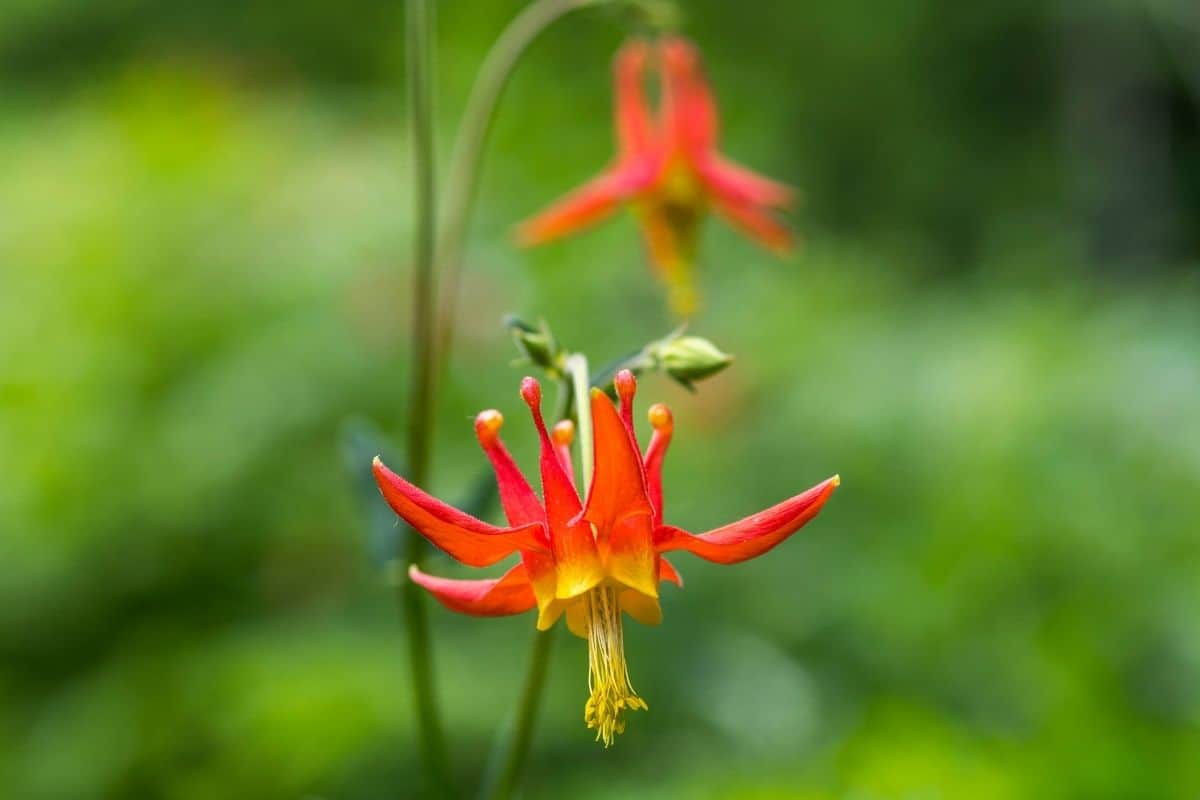
Utah Native Plants List
Many Utah plants are drought tolerant and hardy under a variety of circumstances. There are also many spiny plants that shouldn’t be touched. With the harsh landscapes of the mountains and the deserts, there are many native Utah plants that are accustomed to little water and boiling heat.
1. Utah holly (Mahonia fremontii)
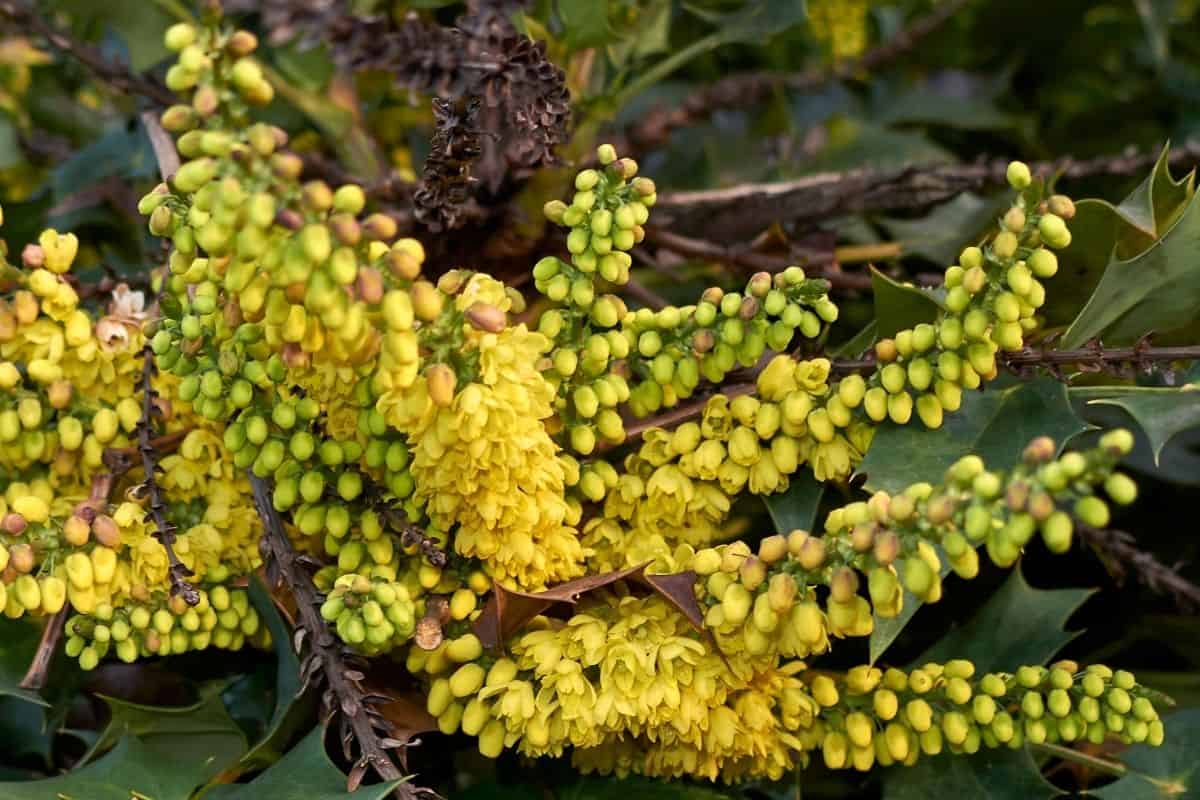
Utah holly is a shrub that brings plenty of color to anywhere you plant it. Spiny leaves start out a deep red before they turn green. Then, as they mature, they turn blue-green. They also bloom with festive yellow blossoms from May through June.
This plant is drought tolerant and can tolerate poor soils. Once it has become established, you will not need to water it. This shrub also bears a purple fruit that is very sour but edible. Native Americans used this fruit as a dye. Utah holly grows best in full sun and grows as tall as 3′ to 8′ tall.
2. Fragrant sand verbena (Abronia fragrans)
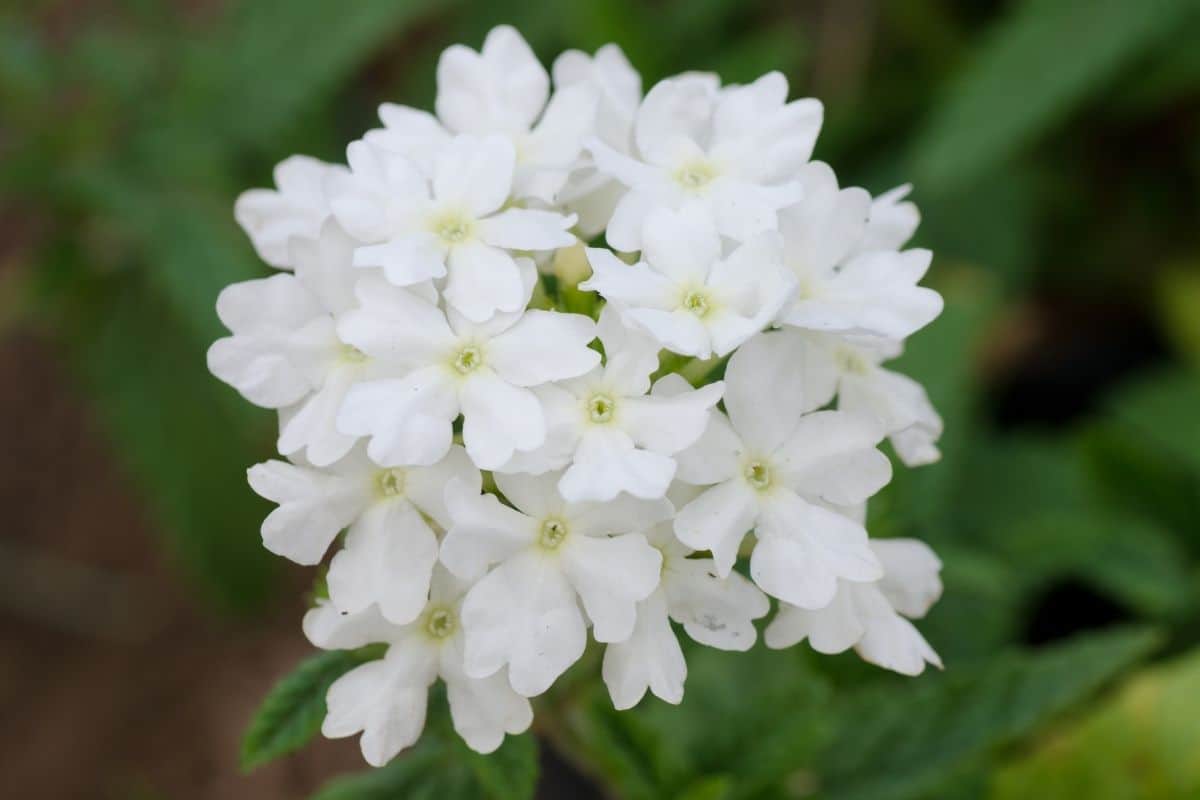
Fragrant sand verbena is a herbaceous perennial that thrives in partial shade. It grows to be as tall as 1′ to 3′ tall and just as wide. This plant thrives in the sand and needs to be planted in sand or sandy soil that drains very well.
Fragrant sand verbena grows stalks full of tiny white flowers and can be used in rock gardens to add a pop of color to them. Being resistant to pests and diseases is a plus for many growers.
This plant starts blooming in the spring and continues into the early fall. Each of the flowers has a light scent of vanilla, and blossoms are open in the afternoons. This plant grows best in partial shade.
3. Utah agave (Agave Utahensis)
Utah agave is an agave that is highly tolerant to cold when compared to other agaves. This perennial evergreen succulent has bluish-green leaves that grow upward. Utah agave grows spikes of 6″ to 12″ tall and grows bright yellow flowers in the late winter.
This plant can be grown in partial shade or full sun, and it needs soil that is dry and rocky and that drains well. It’s deer resistant as well as resistant to most diseases.
The tip of each leaf grows sharp spikes, so Utah agave should be planted away from footpaths. Fortunately, this plant will attract hummingbirds to its bright blooms.
4. Yerba mansa (Anemopsis californica)
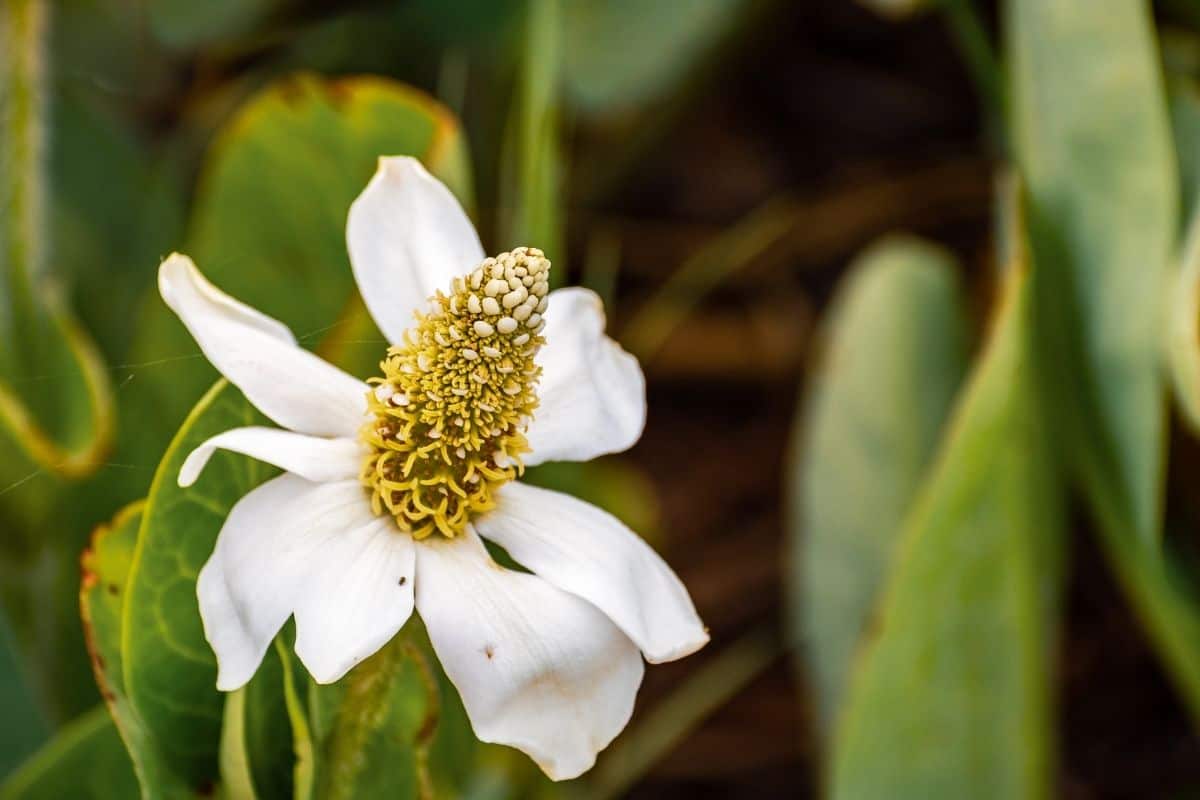
Yerba mansa is an unusual-looking plant that blooms with white flowers that feature large cones in the center. Its leaves are deep green and grow to about 6″ long. The foliage gives off a spicy scent that is surprisingly strong for a low-growing plant. There is another, sweet scent that comes from the large flowers.
Expect foliage to start to turn red when cold weather begins and being uniformly red in the late fall. This plant can be grown in full or partial sun. As a water-loving plant, look for the unusually shaped flowers along bogs, streams, and ponds. If planted away from water, you will need to water often.
5. Western columbine (Aquilegia formosa)
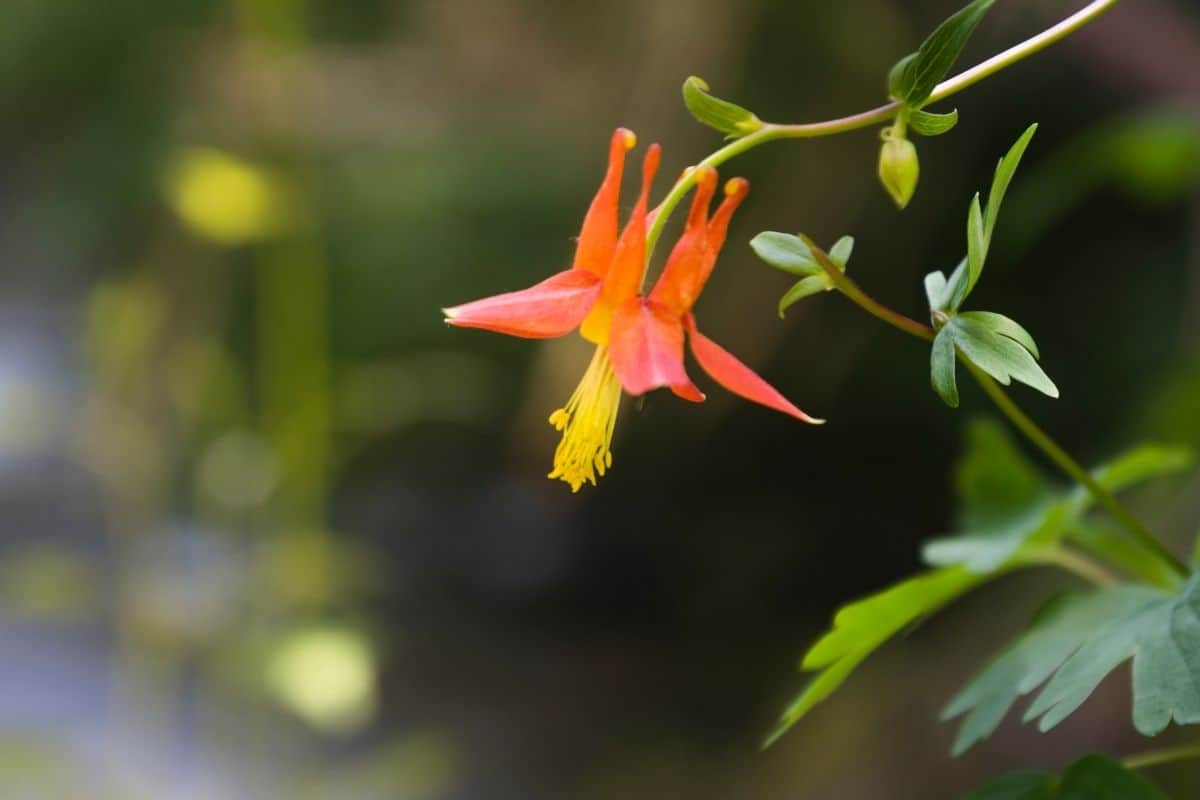
Western columbine is an elegant plant that grows bright red blossoms that have large, golden stamens. It sprouts thin stems and bluish-green foliage that is superbly contrasted with the bright flowers for an eye-catching look.
The plant can grow as tall as 3′.
Western columbine is a short-lived perennial, but it can self-seed for the next year when the conditions are right. Deer and rabbits don’t bother this plant, but butterflies and hummingbirds are attracted.
Rich soil that is relatively moist is needed in order to thrive. You can plant this beautiful plant in both full sun and partial shade, but partial shade is preferred. Native Americans used this plant for its medicinal properties.
6. White sage (Artemisia ludoviciana)
White sage is well-known for its foliage that is a beautiful silvery-white. This color stands out from the environment and from other plants with its pale beauty. White sage grows tiny flowers that are yellowish-gray; remove the flowers if you don’t want the plant to self-seed.
This plant can thrive in a number of conditions including poor soil and dry soil. Resistance to rabbits, deer, droughts, and pests make it a hardy plant to grow.
White sage is often grown in herb gardens as well as in flower beds as a focal point. When the plant is bruised, it releases an aromatic scent. Its white, lance-shaped leaves are woolly and can grow to be about 2″ to 4″ long.
7. Desert marigold (Baileya multiradiata)
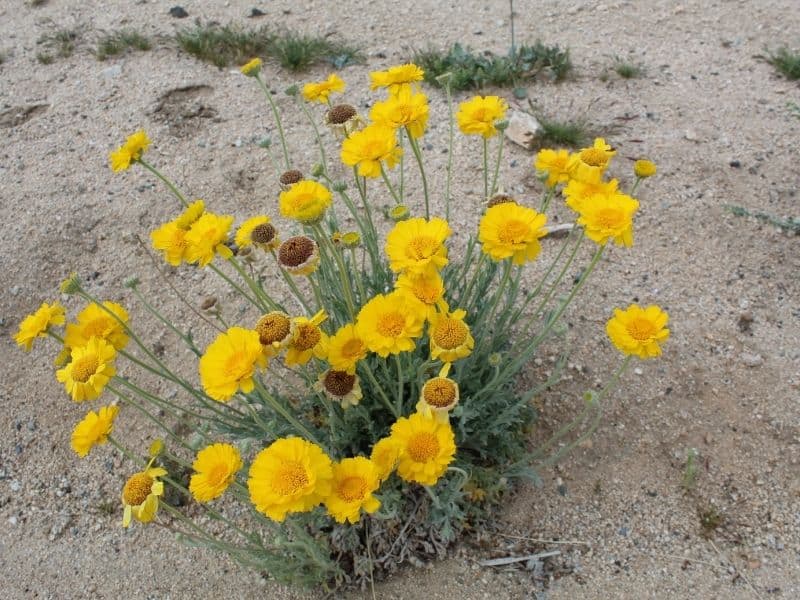
Desert marigold grows 2″ long bright flowers that look like marigolds and are brilliant yellow. This perennial will self-sow as long as the conditions are right. Just one of these plants can produce up to 50 striking flowers.
Desert marigolds need sandy and rocky soil and full sun to thrive. When it’s first planted, you will have to water regularly, but established plants will not need to be watered. There is very little need for water in the summer, and it’s resistant to most diseases and pests. The woolly leaves are silvery-green, adding a more interesting color to this desert flower.
8. Chili Pepper (Capsicum annuum)
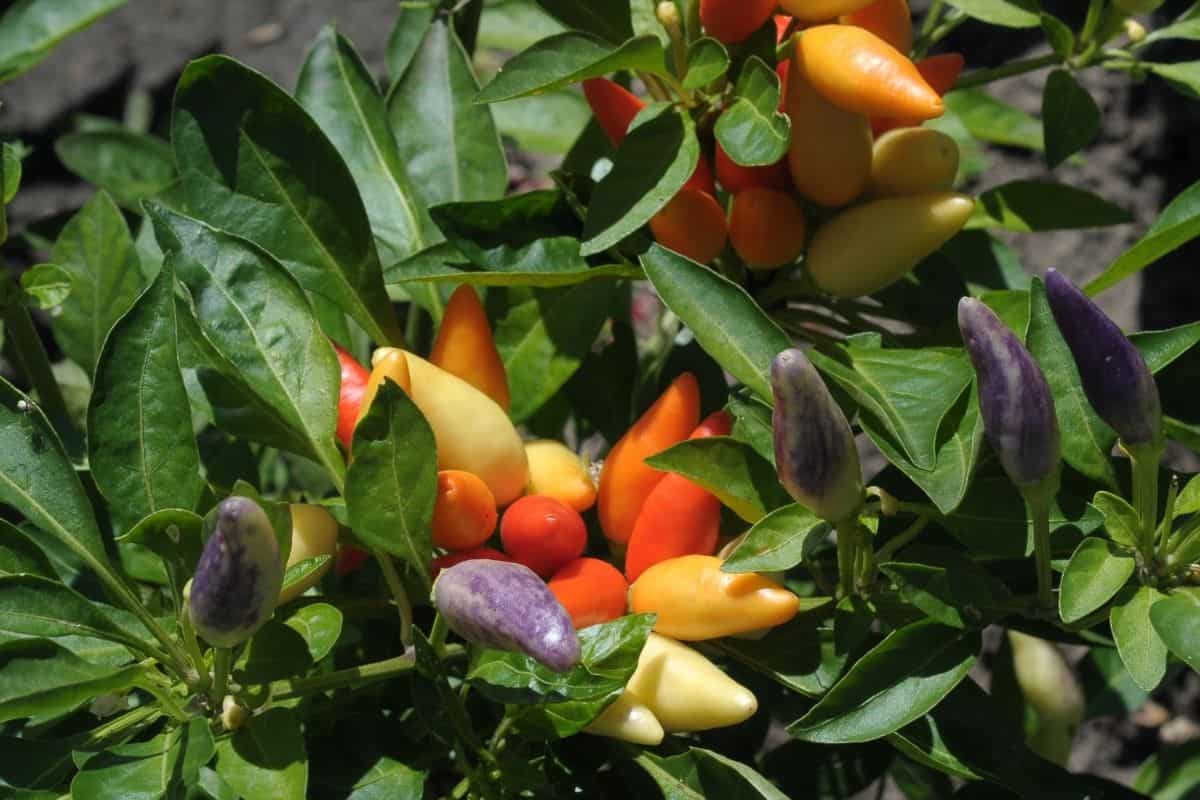
Chili pepper is an ornamental plant that stands erect with brightly colored peppers. These peppers are certainly the focal point of this plant, and they can be cream, purple, yellow, or green when the plant is young.
The mature plant has peppers that are brown, orange, red, and yellow.
Chili pepper often has different colored peppers growing at the same time. This plant is not frost tolerant, so in areas that get cold, you will need to bring it inside in the winter. Colorful peppers grow for as long as 12 weeks, and the plant can reach 1′ to 4′ tall with peppers that can be as long as 12″.
9. Fireweed (Chamaenerion angustifolium)
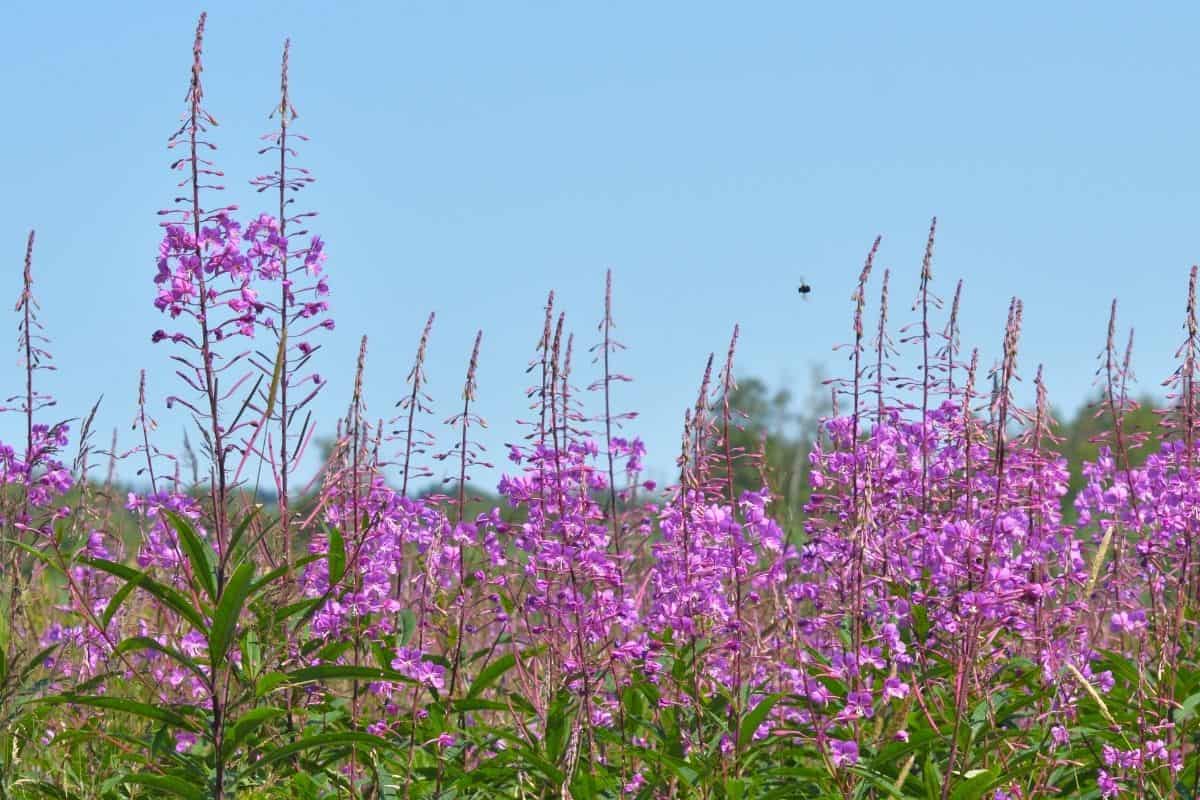
Fireweed is a bright flowering plant that blooms with purplish flowers from summer through fall. The bright purple color makes this plant stand out anywhere it is planted.
Fireweed plants need plenty of sunshine, but in hot areas, they can do well with some shade. These plants spread quickly and can be used to cover a meadow. They are resistant to most diseases and pests and will grow to be as tall as 2′ to 5′.
Its flowers bloom on thin spikes that can each grow 50 flowers or more.
Why should you plant Utah native plants?
Many times we get excited about adding exotic plants to our landscape but choosing native plants better. Why? Here are 4 reasons to get you thinking:
- Utah native plants will thrive in the local climate and soil conditions
- these plants protect the ecosystem
- they require a lot less maintenance
- native plants are easier to find at your local nursery
I hope you got some ideas for plants you can add to your landscape 🙂
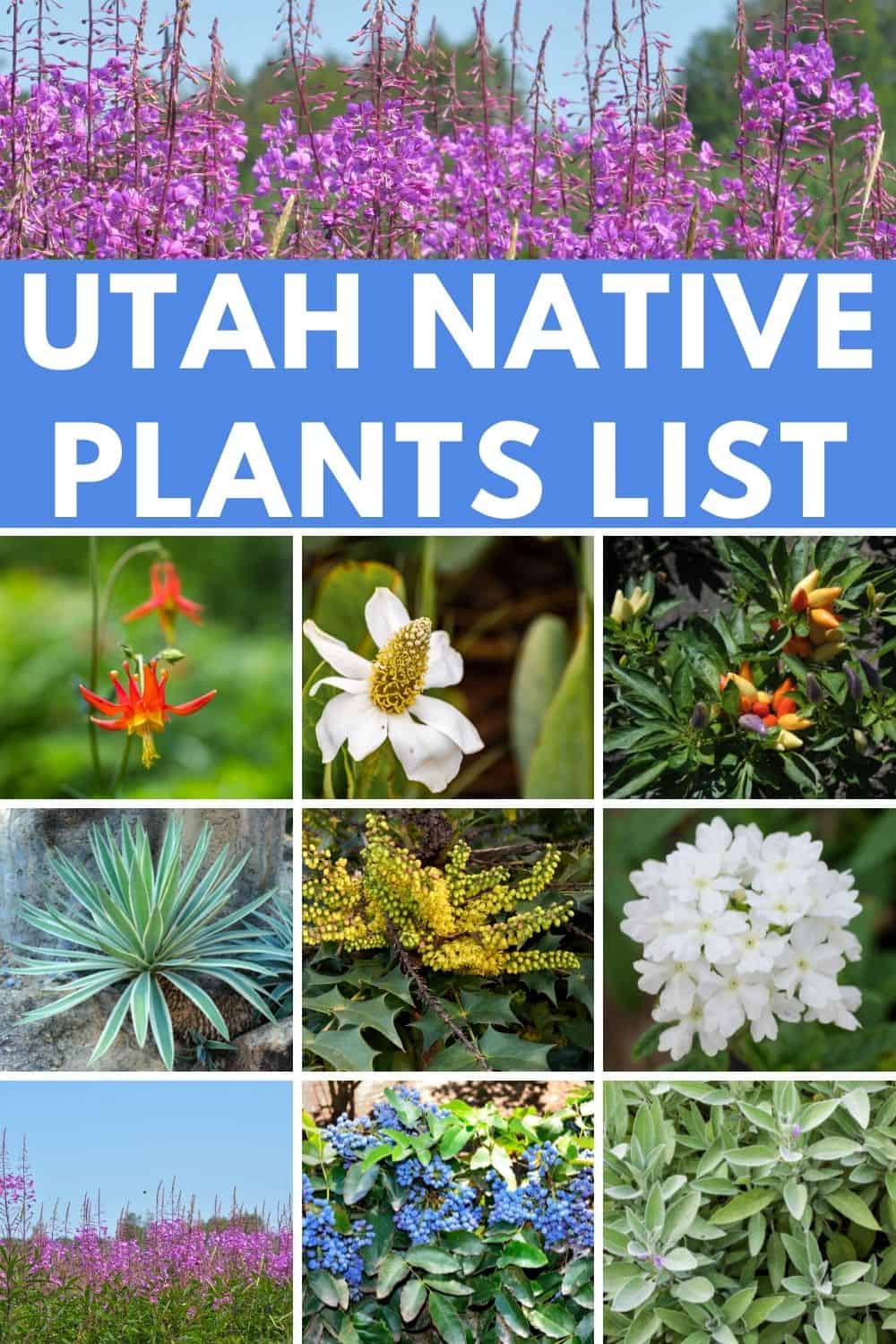

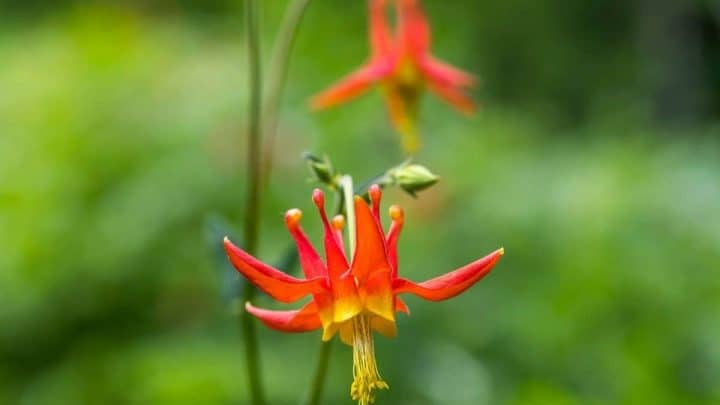



Best Landscaping Ideas For Your Home
Sunday 29th of August 2021
[…] Utah Native Plants List – 9 Plants For A Sustainable Landscape […]